Your Banana is Lying to You: The Ultimate Guide to Using It Right
Honestly, for years I completely overlooked the banana. It was just… yellow. Sweet. A simple snack you give to kids. I get it. But after spending ages working with food experts, athletes, and pro chefs, I had a major realization: the banana on your counter isn’t just one food. It’s a whole spectrum of flavors and nutrients that literally changes by the day.
In this article
My mission here is to get you past the basic “good source of potassium” sticker. We’re going to dive into how a banana’s whole personality—its chemistry, its texture, its purpose—shifts as it ripens. This isn’t about some miracle superfood; it’s about really understanding an ingredient so you can use it like a pro.
The Life of a Banana on Your Counter
You know how it goes. You buy a bunch of green-tipped bananas and watch them transform. But here’s the thing: each color stage offers something completely different. Let’s break it down.
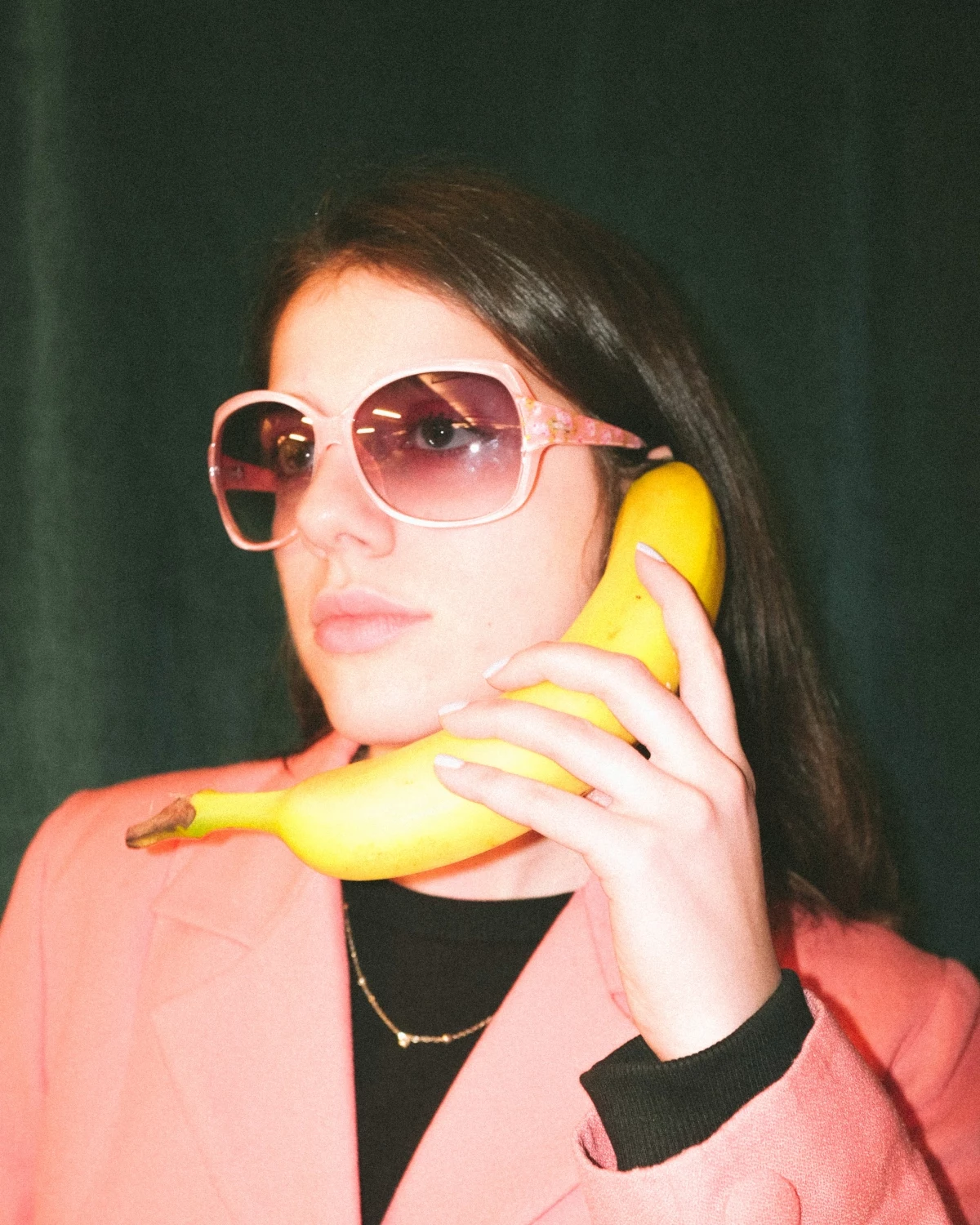
The Green Stage: The Starchy Powerhouse
When they’re firm and green, bananas are not for snacking. The taste is a bit chalky and the texture is waxy. At this point, they’re low in sugar and packed with something called resistant starch.
So, what is resistant starch? Think of it as a super-fiber. Your body can’t easily break it down, so it travels to your large intestine and becomes food for your good gut bacteria—what the pros call a “prebiotic.” This means it provides slow-release energy without a big blood sugar spike. In many parts of the world, green bananas are treated just like potatoes: boiled, mashed, or fried.
Quick Tip: How to actually use a green banana. Peeling these can be a pain. Don’t even try it like a regular banana. The trick is to cut off both ends, make a shallow slice down the length of the peel, and then pop the fruit out. From there, you can make amazing tostones (fried green bananas) in minutes. Just slice the banana into one-inch chunks, fry them for a couple of minutes, pull them out, smash them flat with the bottom of a glass, and fry them again until golden. Sprinkle with salt. You’re welcome.
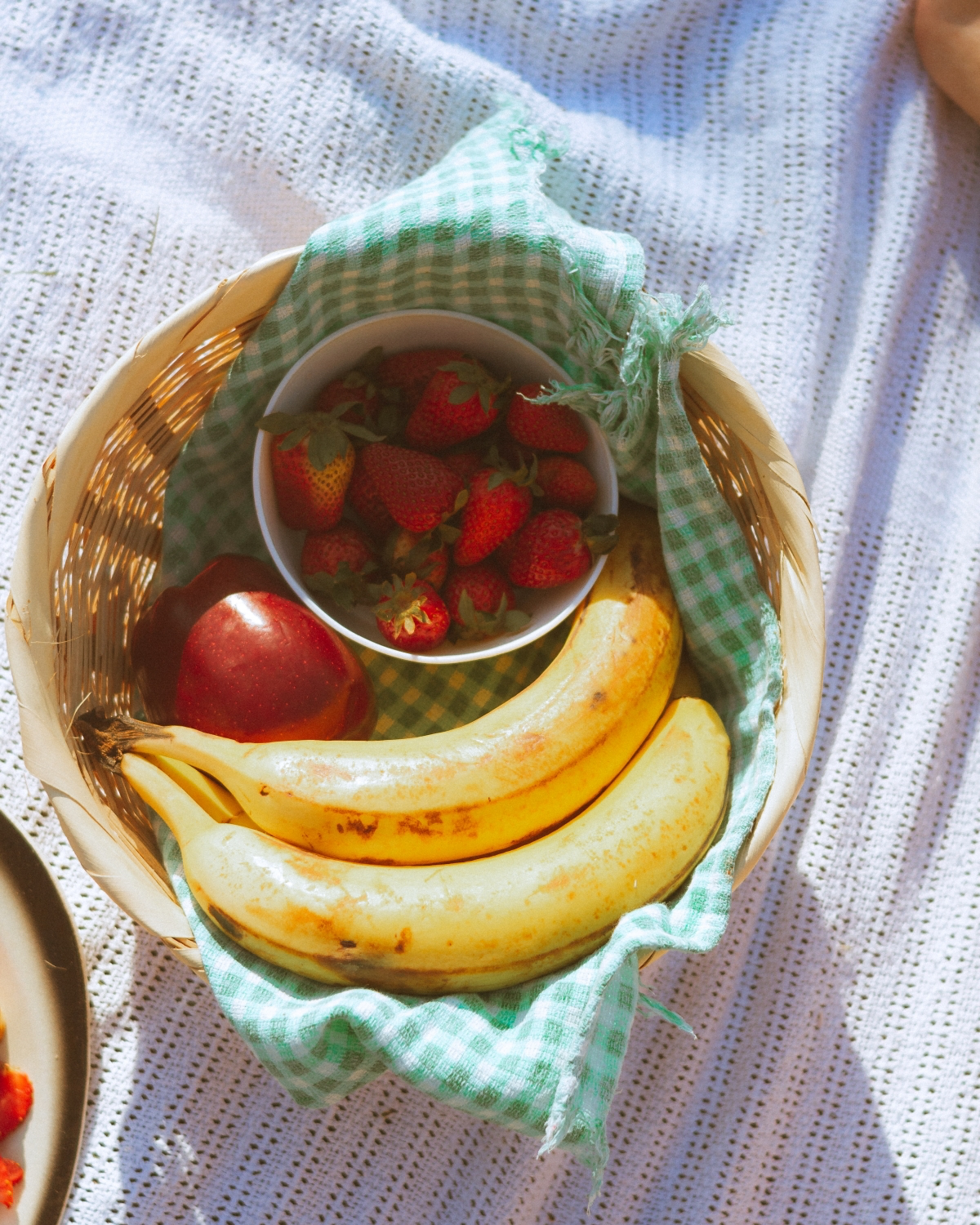
The Yellow Stage: The Sweet Spot for Snacking
As the banana turns from green to yellow, a massive change happens inside. Enzymes get to work converting all that starch into simple sugars. This is why a yellow banana is so much sweeter and softer. It’s at its absolute peak for snacking right when it’s perfectly yellow, maybe with a few tiny brown freckles starting to appear.
This is the banana athletes grab for a reason. Its sugars offer a quick, easily digestible burst of energy. The remaining fiber, mostly pectin, helps you feel full and keeps that sugar from hitting your system all at once. It’s creamy but still firm enough to slice onto your morning oatmeal or yogurt.
The Brown-Spotted & Black Stage: The Baker’s Secret Weapon
Once those brown spots (some call them ‘sugar spots’) take over, the banana has entered its final, glorious form. It’s incredibly sweet, fragrant, and the flesh is super soft, almost custardy. It’s not great for slicing anymore, but it’s pure gold for baking.
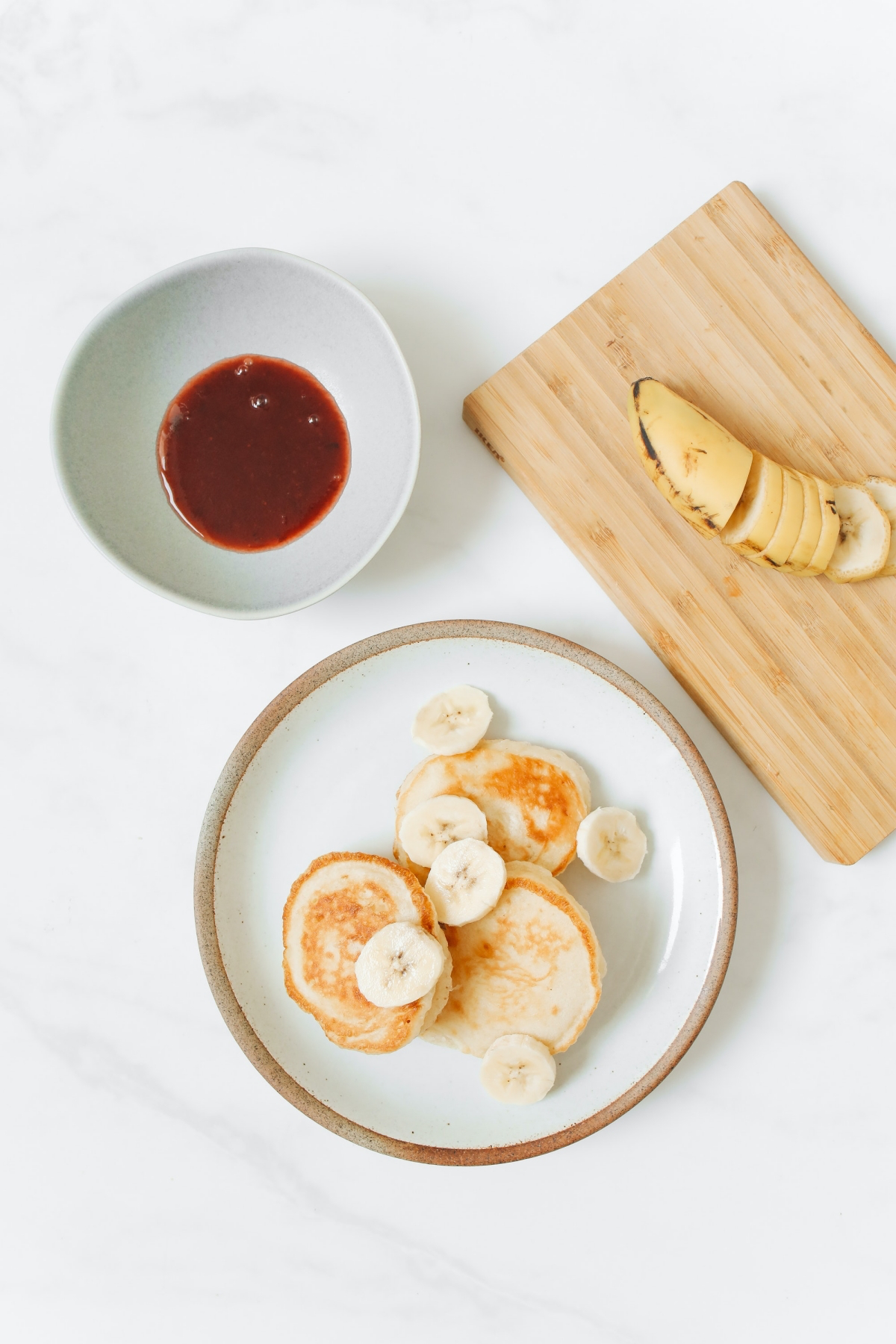
This is the only stage you should use for banana bread, muffins, or pancakes. The high sugar content means you can actually cut back on the added sugar in your recipe. From my experience, if I’m using three really spotty bananas for bread, I’ll reduce the white sugar by at least 1/4 cup, sometimes even 1/3. You just don’t need it!
Quick Win: Got one sad, mushy banana? Don’t wait for a whole recipe. Mash it up with one egg and a dash of cinnamon. That’s it. Fry the batter like little pancakes. You’ve just made a delicious, two-ingredient, gluten-free breakfast in under three minutes.
Oh, and a heads up! If you see mold, smell anything sour, or see liquid oozing out, it’s gone too far. Toss it. But a completely black peel with an intact, sweet-smelling fruit inside is a baker’s dream.
A Closer Look at the Good Stuff Inside
Let’s get a little more specific. A medium-sized banana (around 118 grams) is packing more than just sugar and good vibes.
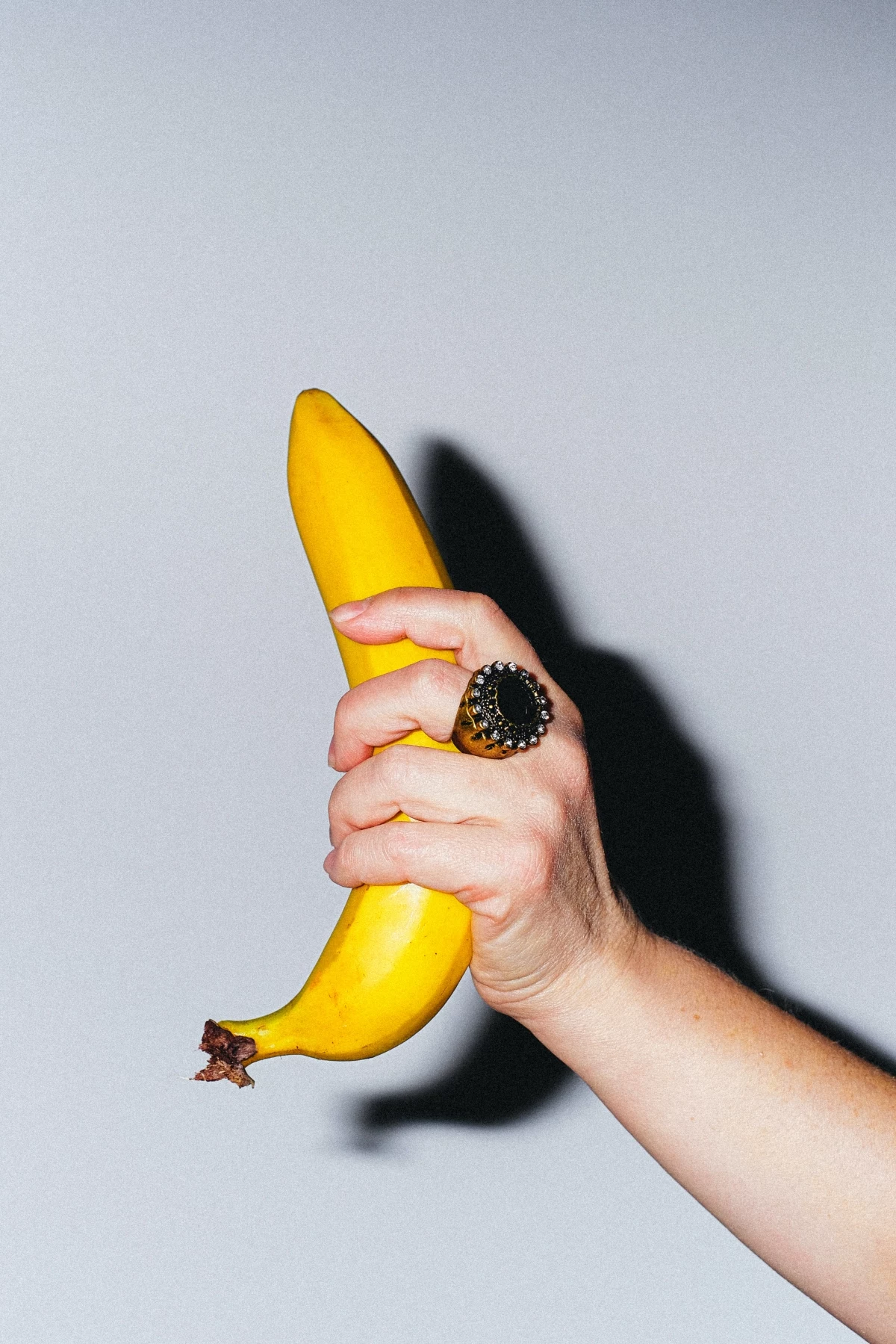
- Potassium: You’re looking at about 422 milligrams, or 9% of what you need in a day. Potassium is a vital electrolyte. It works in a tag team with sodium to manage fluid balance, which is critical for everything from nerve signals to muscle contractions and keeping your heart beating steadily.
- Vitamin B6: This is the unsung hero. A single banana gives you about 25% of your daily B6. This vitamin is a total workhorse, involved in over 100 processes in the body, especially related to brain health and making mood-regulating neurotransmitters.
- Fiber (Two Ways!): As we covered, the fiber changes with ripeness. The resistant starch in green bananas feeds your gut, while the pectin in yellow bananas helps you feel full and moderates blood sugar.
- Manganese and Vitamin C: You also get a nice little boost of manganese (for bone health and metabolism) and Vitamin C (for your immune system and skin).
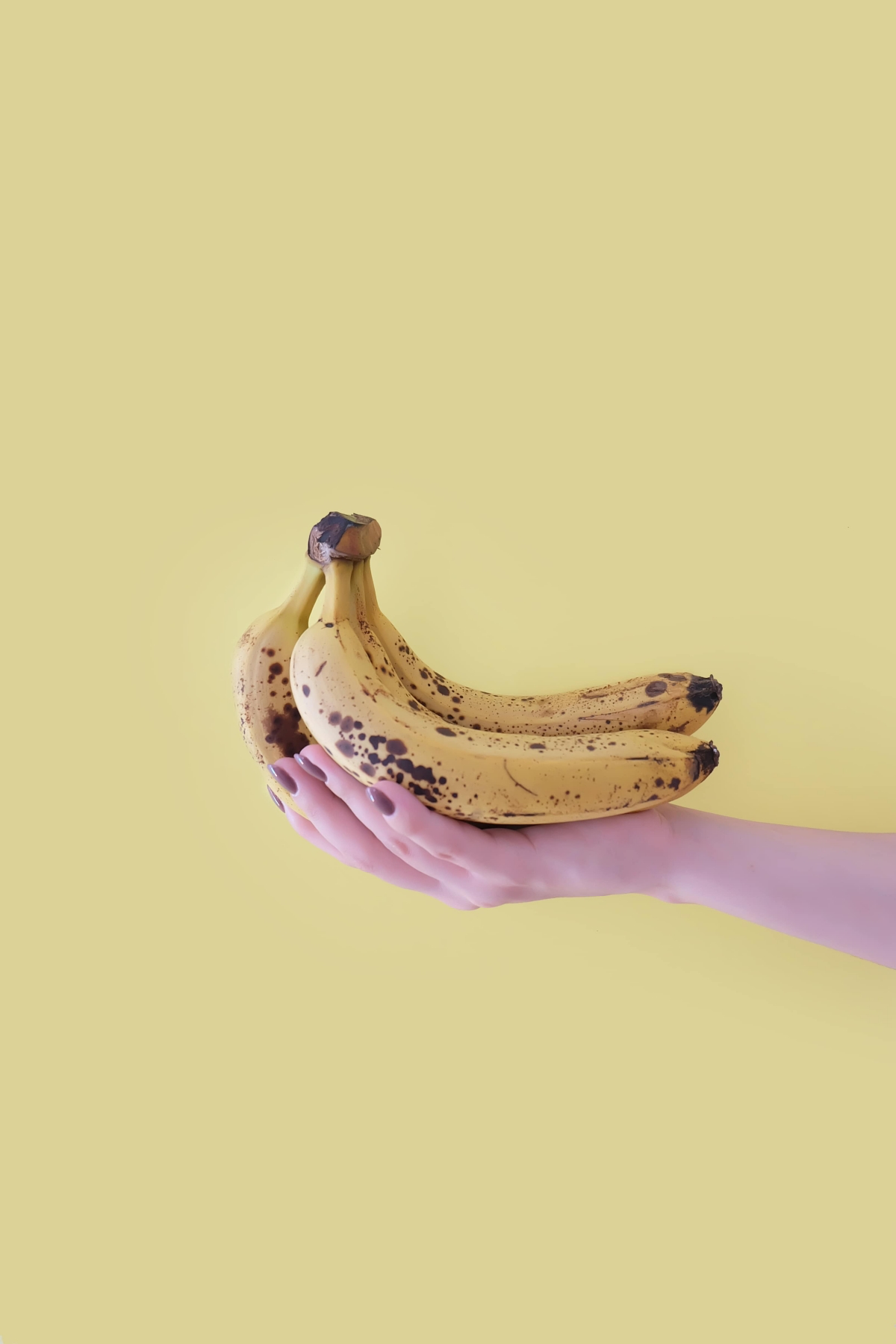
Making Bananas Work for You
Knowing the science is one thing, but making it practical is what matters.
For Fitness and Energy
Athletes have this down to a science. Timing is everything.
- Pre-Workout: About 30-60 minutes before you exercise, a ripe yellow banana is perfect. It gives you quick fuel that won’t sit like a rock in your stomach.
- Post-Workout: Have another ripe banana within 30 minutes of finishing. It helps restock the energy (glycogen) your muscles just burned through. The potassium also helps restore your electrolytes if you’ve been sweating. Pro-tip: pair it with some protein, like a scoop of protein powder or a cup of Greek yogurt, to kickstart muscle repair.
In the Kitchen: Pro Tips for Storage
Want to control your bananas and not the other way around? Here’s how.
- To speed up ripening: Pop them in a paper bag. Fruits release ethylene gas, which is a ripening agent. The bag traps the gas and speeds things up. Toss an apple in there if you’re in a real hurry.
- To slow down ripening: Once they’re at the perfect yellow stage, separate them from the bunch. To really hit the brakes, put them in the refrigerator.
A common pitfall I see all the time: People throw away bananas once the peel turns black in the fridge. Don’t do it! The cold halts the ripening of the fruit inside, but it makes the peel turn dark. The outside might look ugly, but the banana inside is likely still perfectly firm and fresh, ideal for a smoothie. Just give it a sniff to be sure.
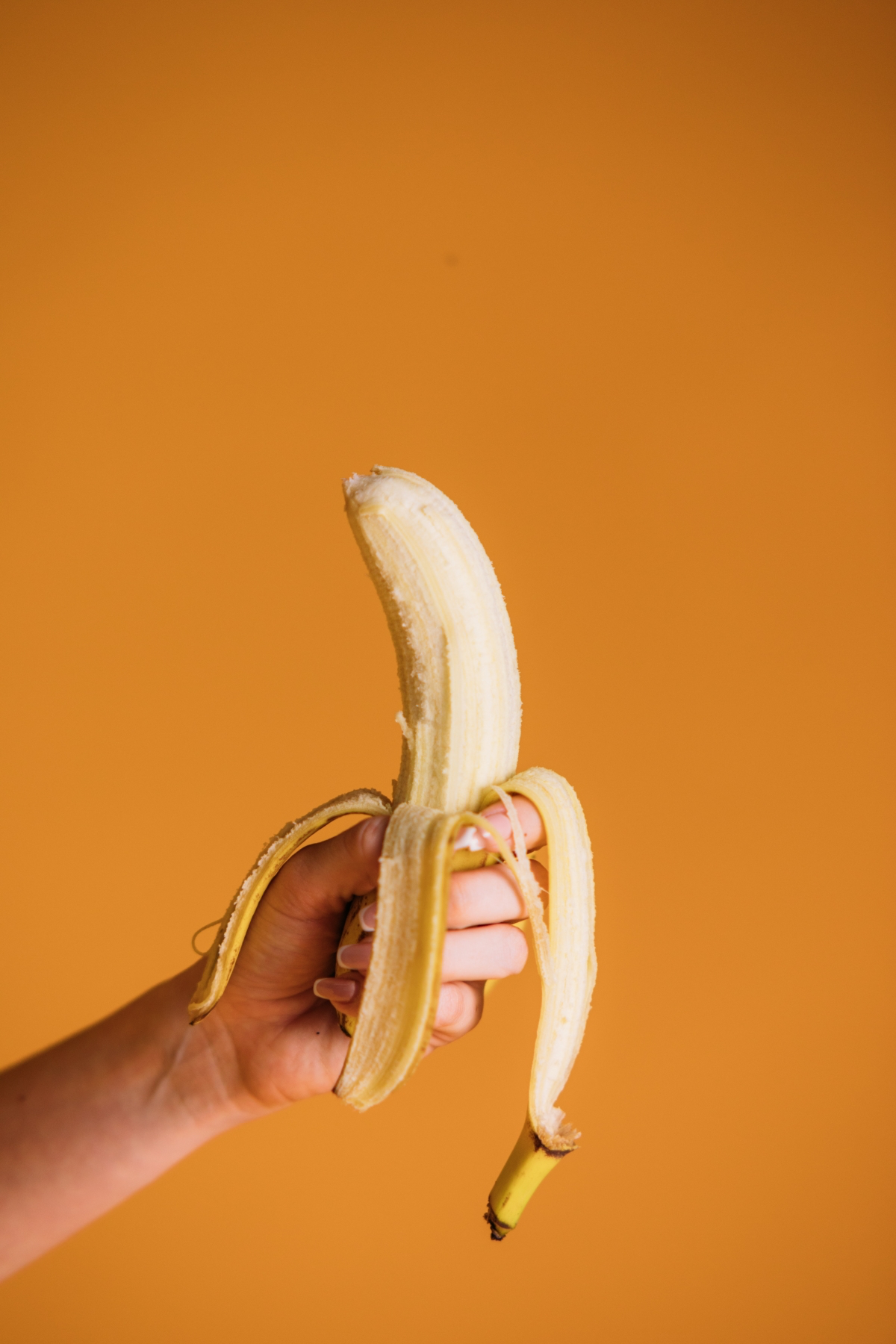
Beyond the Everyday Banana
The standard banana you see at the store is called the Cavendish. It’s reliable, but it’s just one of hundreds of varieties out there. If you want a real treat, go exploring.
You can often find cool varieties like starchy Plantains, tiny and sweet Lady Finger bananas, or even the reddish, raspberry-tinged Red Dacca bananas. A newer one making waves online is the Blue Java, or ‘Ice Cream Banana,’ which has a texture like vanilla custard.
Where do you even find these? Your best bet is to check out an international, Latin, or Asian market. They often have a much better selection. You might pay a bit more, maybe $2 to $4 a pound depending on the variety, but trying them is an experience in itself.
When to Be Cautious: A Quick Reality Check
No food is perfect for everyone. It’s important to be smart about this.
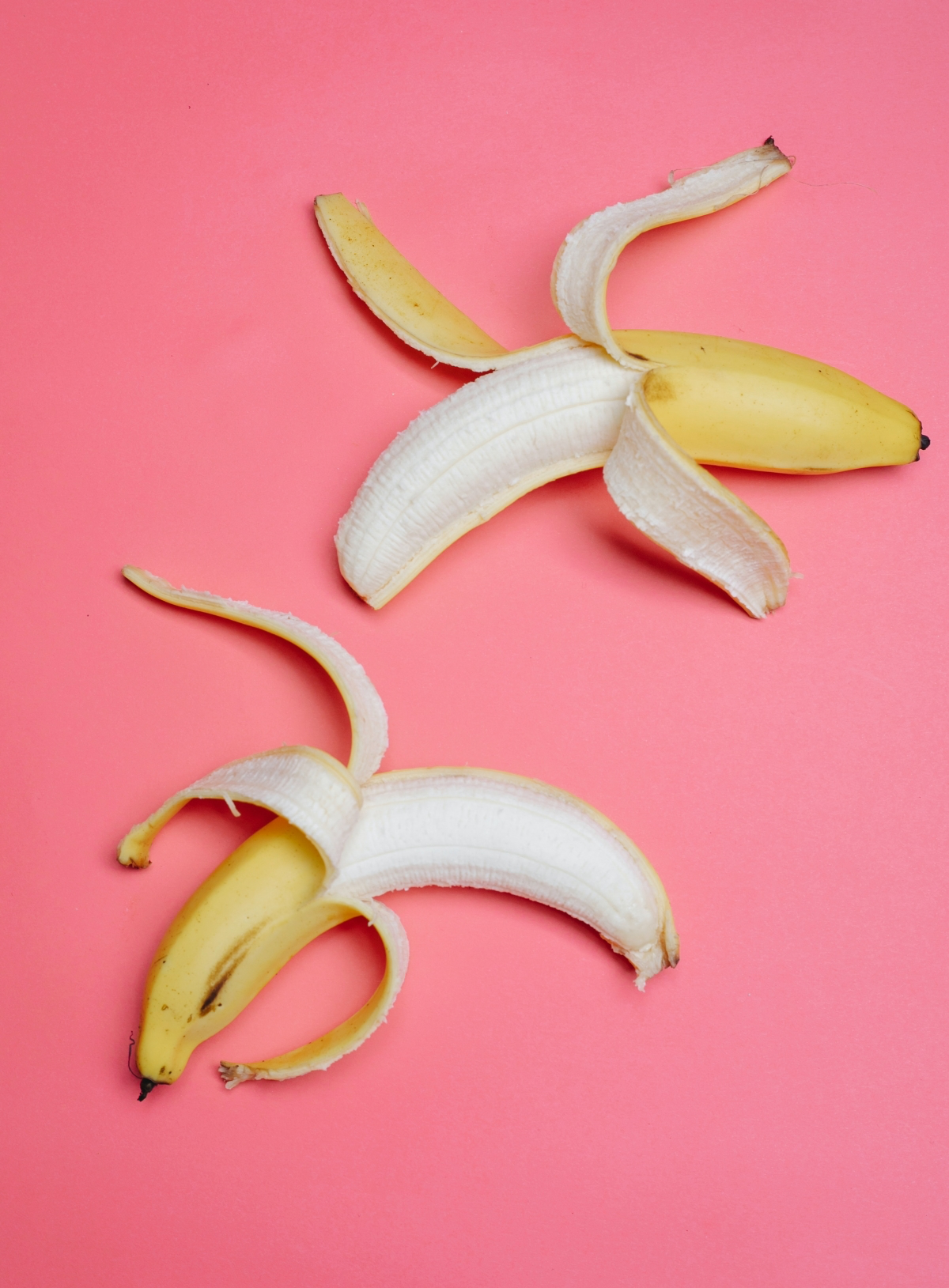
- Kidney Health: If you have chronic kidney disease, your body can’t filter potassium properly. A buildup can be dangerous. If this is you, you absolutely must talk to your doctor or a registered dietitian before making bananas a regular thing.
- Diabetes: You can still eat bananas! The key is portion size and ripeness. A greener banana is better than a super-spotty one. To be safe, always pair it with some healthy fat or protein to slow the sugar absorption. For example, try half a banana with a tablespoon of almond butter, or with a handful of about 10-12 walnuts.
- Digestive Issues (IBS): For some people, bananas can cause bloating. This is often tied to ripeness. A very ripe banana is higher in certain fermentable carbs (FODMAPs). You might find you tolerate a firm, just-yellow banana much better. As always, listen to your body.
- Allergies: A banana allergy is rare but can be serious. It’s sometimes linked to latex allergies. If you react to latex, be cautious with bananas, avocados, and kiwis.
The Final Word
So, I no longer see a simple yellow fruit. I see a dynamic ingredient that can be a starchy vegetable, a quick energy shot, or the secret to incredible baked goods. It all depends on when you use it.
The key is to pay attention. Notice the difference in taste and texture as a banana ripens. So here’s a little challenge for you: next time you’re at the store, buy a green bunch. Try one every day or two. Notice how the flavor changes, how it feels, and maybe even how it makes you feel. You’ll learn more from that one bunch than you’d ever expect.
Inspirational Gallery
- To speed up ripening, place bananas in a brown paper bag with an apple or a ripe tomato. The ethylene gas they release acts as a natural ripening agent.
- To slow it down, separate each banana from the bunch. Wrapping the stems in plastic wrap can also buy you an extra day or two.
The secret? Controlling the ethylene gas they naturally produce.
Nearly all bananas sold globally are of one variety: the Cavendish. And they are all sterile clones.
This genetic uniformity makes the entire world’s supply dangerously vulnerable to diseases. In fact, a fungal epidemic known as Panama disease is currently threatening the Cavendish, just as it wiped out its predecessor, the Gros Michel, in the 1950s. It’s a reminder of how fragile our global food system can be.
Craving ice cream but have no cream, sugar, or ice cream maker?
If you have spotty, overripe bananas in your freezer, you’re all set. Just blend two or three frozen banana chunks in a high-powered blender or food processor (like a Ninja or Cuisinart) until completely smooth. It will transform into a creamy, luscious soft-serve known as
When your bananas have more brown spots than yellow, don’t toss them! This is when they reach peak sweetness and are perfect for baking. The starches have fully converted to sugars, creating a moist, intensely flavorful base for banana bread, muffins, or pancakes. The darker the peel, the better the flavor.
For Smoothies: Sliced and frozen in a single layer on a baking sheet before being bagged. This prevents clumping and makes them easy for blenders, like a Vitamix, to process.
For Baking: Peeled but left whole and frozen in airtight bags. They’ll turn dark and mushy when thawed, which is perfect for mashing directly into batter.
Using the right freezing method for the job saves you time and frustration.
A fully ripe banana with dark spots on its peel produces a substance called Tumor Necrosis Factor (TNF), which has been shown in Japanese scientific studies to help combat abnormal cells.
While not a cure for any disease, this highlights how the nutritional profile changes dramatically. A yellow banana has different benefits than a spotty one, proving that timing really is everything.
Look beyond the standard Cavendish banana on your next shopping trip. You might find smaller, sweeter Lady Finger bananas, perfect for a child’s lunchbox. Or perhaps the tangy Manzano, which has notes of apple and strawberry. For a real treat, seek out the Blue Java, also known as the
Don’t throw away the peel: It’s a fantastic natural fertilizer for your houseplants or garden. Just chop it up and bury it in the soil near the base of your plants, like roses or tomatoes. As it decomposes, it releases potassium, phosphorus, and calcium, giving your plants a gentle, nutrient-rich boost.










